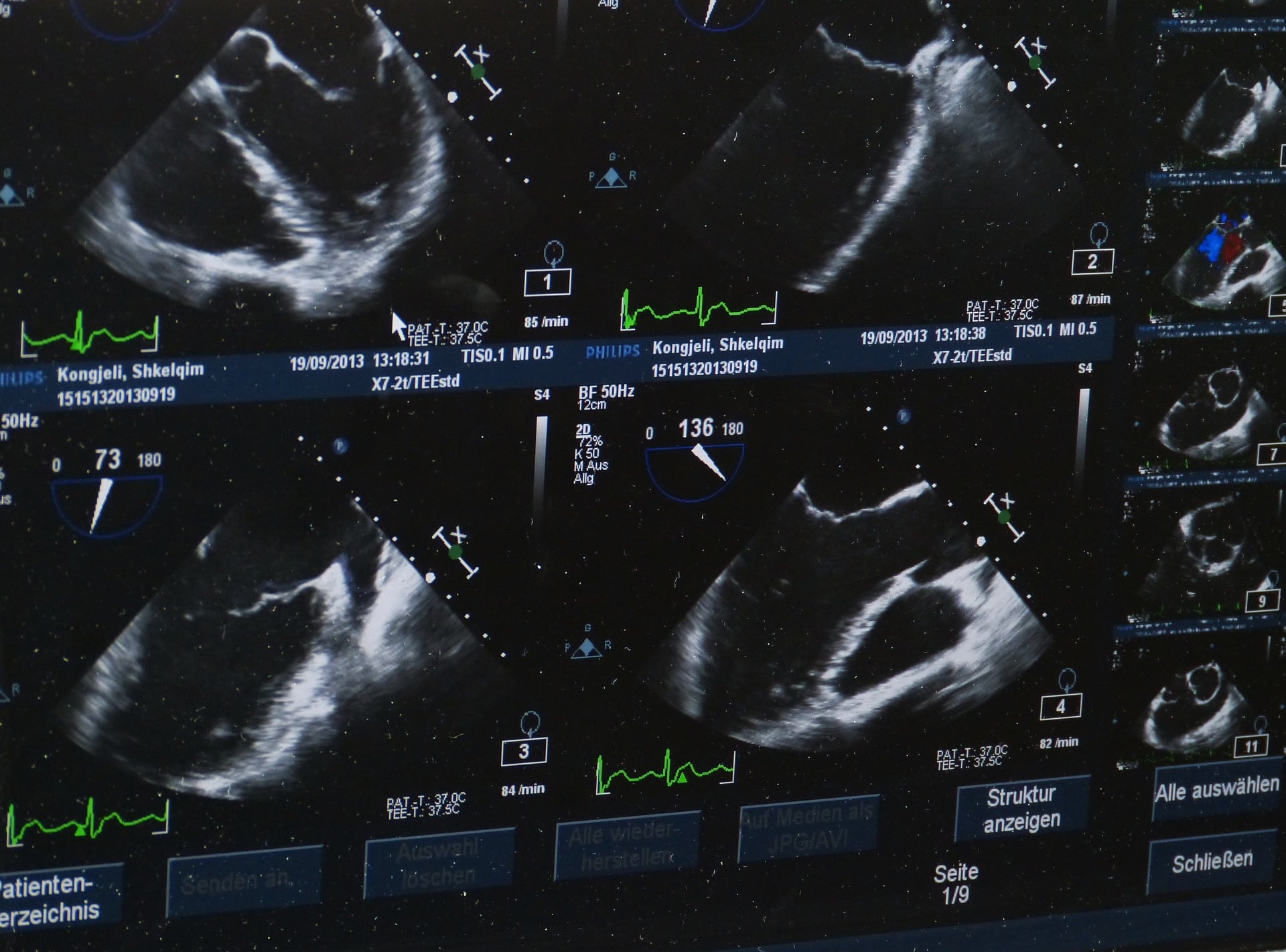A prenatal ultrasound is a pregnancy test that evaluates your unborn child’s wellbeing and growth. A prenatal ultrasound during pregnancy is performed by an obstetrician, nurse midwife, or ultrasound technician for a variety of reasons. An ultrasound may be performed occasionally to make sure your baby is developing normally. Other times, your obstetrician requests an ultrasound after spotting a problem. A device called a transducer sends sound waves through your vagina or abdomen during an ultrasound.
Your baby and your reproductive organs, as well as other internal organs and structures, reflect the sound waves. The images that your provider can see on a screen are then created from the sound waves. To see your baby, it doesn’t use radiation like X-rays.
Is There a Right Time to get a Prenatal Ultrasound?
Several purposes can be served by an ultrasound during pregnancy. If a problem was found in a prior ultrasound or blood test, your doctor might also order additional ultrasounds. Other non-medical uses for ultrasounds include generating images for the parents or identifying the gender of the unborn child. Although ultrasound technology is safe for both mother and child and patient information, doctors advise against using them if there is no medical need or benefit.
How to get Prepared for Prenatal Ultrasound?
An ultrasound requires no special preparation. Some prenatal care providers advise against using the restroom prior to the test and asking that you arrive with a full bladder. By doing this, they can see your baby more clearly on the ultrasound. You may bring a support person, but bringing young children is not advised as this is a crucial test that necessitates total concentration.For abdominal ultrasounds, you might be asked to change into a hospital gown, but this isn’t typically necessary. You will either change into a hospital gown or take off your clothes from the waist down if your doctor is performing a transvaginal ultrasound during your first trimester.
What Happens During Prenatal Ultrasound?
You lie down on a bed or examination table for an ultrasound. Your abdomen and pelvic region will be treated with a special gel by an ultrasound clinic. Since the gel is water-based, it shouldn’t leave any stains on your skin or clothing. The gel aids in the proper propagation of sound waves. The technician will then apply a transducer, a small wand, to your belly. To record black-and-white images onto the ultrasound screen, they move the transducer. Additionally, the technician might measure the screen’s image. You might be asked to make a movement or hold your breath while they take pictures. The technician then determines whether the required images were obtained and whether they are clear.
What are the Different Types of Prenatal Ultrasounds?
When a more detailed image is needed, more sophisticated ultrasound detect techniques may be used. If there were any issues found during your conventional ultrasound, these could provide the doctor with the data they need to make a diagnosis.
Transvaginal Prenatal Ultrasound
An ultrasound that is transvaginal can provide a clearer image. This ultrasound is more frequently used in the early stages of pregnancy, when it may be more challenging to get a clear image. A tiny ultrasound probe is inserted into the vagina to conduct this test. While the pictures are being taken, the probe is resting against the back of your vagina.
3D Prenatal Ultrasound
A 3-D ultrasound, as opposed to a conventional 2-D one, enables your doctor to see the fetus’s width, height, and depth as well as the depth of your organs. This ultrasound is particularly useful for confirming any suspected pregnancy-related issues. The process for a 3-D ultrasound is the same as for a regular ultrasound, but a special probe and software are used to produce the 3-D image. It may not be as widely accessible because the technician needs specialised training.
4D Prenatal Ultrasound
A dynamic 3-D ultrasound is another name for a 4-D ultrasound. A 4-D ultrasound, in contrast to other types, produces a moving video of the foetus. It improves the picture of the baby’s face and motions. Additionally, it better captures shadows and highlights. Although it uses specialised equipment, this ultrasound is carried out similarly to other ultrasounds.
Summing Up!
Pregnancy ultrasounds can be both thrilling and terrifying. Ultrasound helps you understand how your baby is growing and developing. There are various kinds of ultrasounds, and your doctor will determine the precise timing. The majority of expectant mothers undergo two ultrasounds—one in the first and one in the second trimesters. However, as a safety measure, your doctor may order additional ultrasounds if there is a chance of complications or if there is a medical need for them. Discuss the ultrasound schedule and what to anticipate with your doctor.





